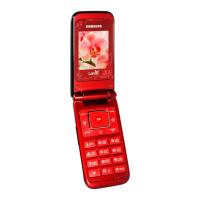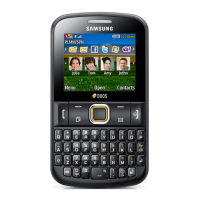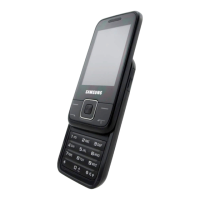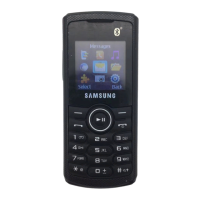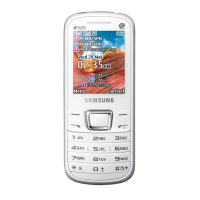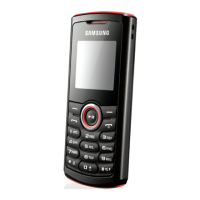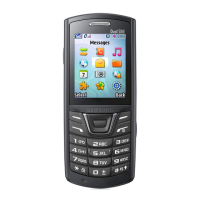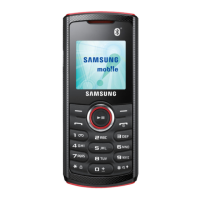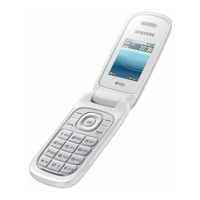What to do if Samsung GT-E2530 battery does not charge properly?
- KKayla NormanJul 26, 2025
If your Samsung Cell Phone battery isn't charging properly or the phone turns off unexpectedly, the battery terminals may be dirty. Wipe the gold-colored contacts with a clean, soft cloth and try charging again. If the battery still won't charge completely, properly dispose of the old battery and replace it with a new one.
